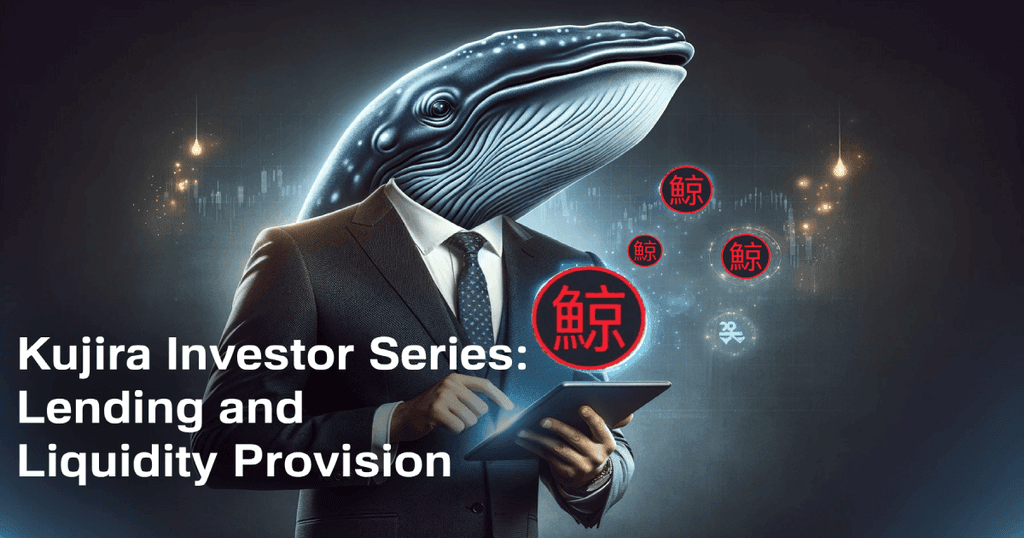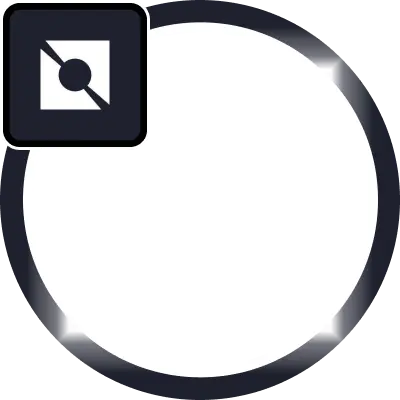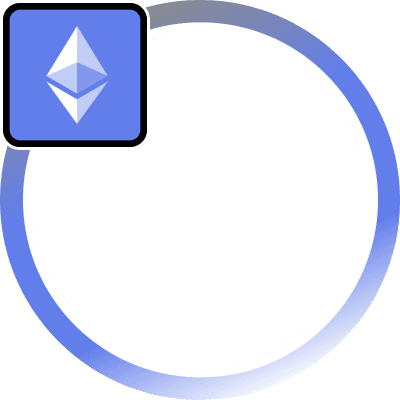Background and History
Unitus was created to address key challenges in the DeFi space by integrating real-world assets (RWAs) into decentralized finance. By tokenizing RWAs, Unitus allows users to engage with traditional asset markets in a decentralized and secure manner. The platform is built on a multi-chain architecture, enabling seamless access to liquidity across different blockchain networks.
The platform’s launch of Unitus V2 introduced enhanced staking mechanisms, improved risk management strategies, and the first RWA market, GMMF01, which paved the way for a new class of tokenized assets in the DeFi ecosystem.
Key Features and Technologies
Liquidity Mining
Unitus provides a robust liquidity mining program, rewarding users for supplying liquidity to the platform’s pools. Users earn UTS tokens by depositing assets into liquidity pools.
-
Supercharged Mode: This mode maximizes returns by allowing users to lock their assets for a set period, increasing their potential yield. It incentivizes long-term participation.
-
Segregated Mode: This feature offers users more control over their staking experience. Users can select different risk profiles to balance their potential rewards with their preferred risk tolerance.
Real-World Asset (RWA) Markets
Unitus stands out by incorporating real-world assets into its ecosystem. This enables DeFi users to interact with tokenized assets like commodities, bonds, or property without leaving the decentralized space.
- GMMF01: The first RWA market introduced on the platform, providing access to tokenized real-world financial assets, opening new avenues for DeFi users to diversify their portfolios.
Time-Locked Staking Mechanism
Unitus offers a time-locked staking option that encourages long-term staking by offering higher rewards the longer users keep their tokens locked. This feature ensures liquidity stability while providing incentives for sustained engagement.
Usage and Applications
Liquidity Mining
Users can engage in liquidity mining by depositing assets into Unitus’s liquidity pools. With Supercharged and Segregated modes, users can optimize their returns while managing risk.
Real-World Asset Markets
Unitus facilitates the trading of real-world assets (RWAs), allowing users to stake or trade tokenized versions of traditional financial assets. This feature brings more traditional finance elements into the DeFi space, enhancing the options for portfolio diversification.
Staking for Yield Generation
Unitus’s staking mechanisms, including time-locked staking and Supercharged mode, allow users to maximize their yield. The platform rewards users with UTS tokens for participating in its staking programs.
Governance and Tokenomics
UTS Token: Utility and Governance
The UTS token serves multiple purposes within the Unitus ecosystem:
-
Staking and Liquidity Mining: UTS tokens are used for staking and liquidity provision, offering users a way to earn rewards while contributing to the platform’s liquidity.
-
Governance: UTS holders participate in governance by voting on protocol changes, upgrades, and reward distributions, ensuring a decentralized decision-making process.
Tokenomics
-
Total Supply: The supply of UTS tokens is carefully managed, with a portion allocated for liquidity rewards and governance incentives.
-
Emission Schedule: UTS tokens follow a controlled emission schedule to prevent inflation and ensure long-term sustainability.
Notable Events
-
2023 — Unitus V2 Launch: The launch of Unitus V2 introduced new staking mechanisms and expanded the platform’s RWA markets, including the introduction of the GMMF01 market.
-
2023 — Supercharged and Segregated Modes: These staking modes were introduced to give users more control over their rewards and risk profiles.
Relevant Metrics and Data
-
Total Value Locked (TVL): Unitus has attracted significant liquidity since its launch, with high TVL due to its innovative liquidity mining and staking mechanisms.
-
UTS Token Distribution: A detailed distribution model ensures steady rewards for liquidity providers and long-term stakers.







